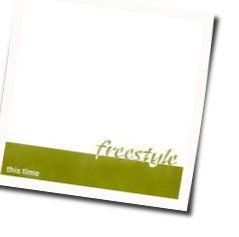


Version 4.1 gives you fine control over the song by allowing modifications for each bar to style, tempo and other important parameters, which improves the basic 'feel' of the generated parts quite considerably. The update to version 4.1 changes all this, and provides a more flexible accompanist, as well as a fascinating compositional tool. Because the styles were fixed, post-processing with a sequencer was almost essential to avoid the familiar auto-accompaniment feel, and the fixed tempo meant that using Band-In-A-Box simply as a way of providing three parts whilst you played the melody line on top resulted in rather lifeless music. The previous version of Band-In-A-Box was a low-cost, yet sophisticated, auto-accompaniment program for the PC, Macintosh and Atari ST: you entered chords into bars of a song, then choose a performance style, and the program would generate a Format 1 MIDI File consisting of drums, bass and piano parts on separate tracks - or alternatively, it would play the song out via MIDI.

Having already evaluated the program once, this time we'll take a quick overview of the idea behind Band-In-A-Box, describe the updated version, and then look in depth at defining styles. Since the review of PG Music's Band-In-A-Box program in the December 1990 issue of Sound On Sound, a major new version has been released which offers new features and incorporates user definable styles - so it's time for another look.


 0 kommentar(er)
0 kommentar(er)
